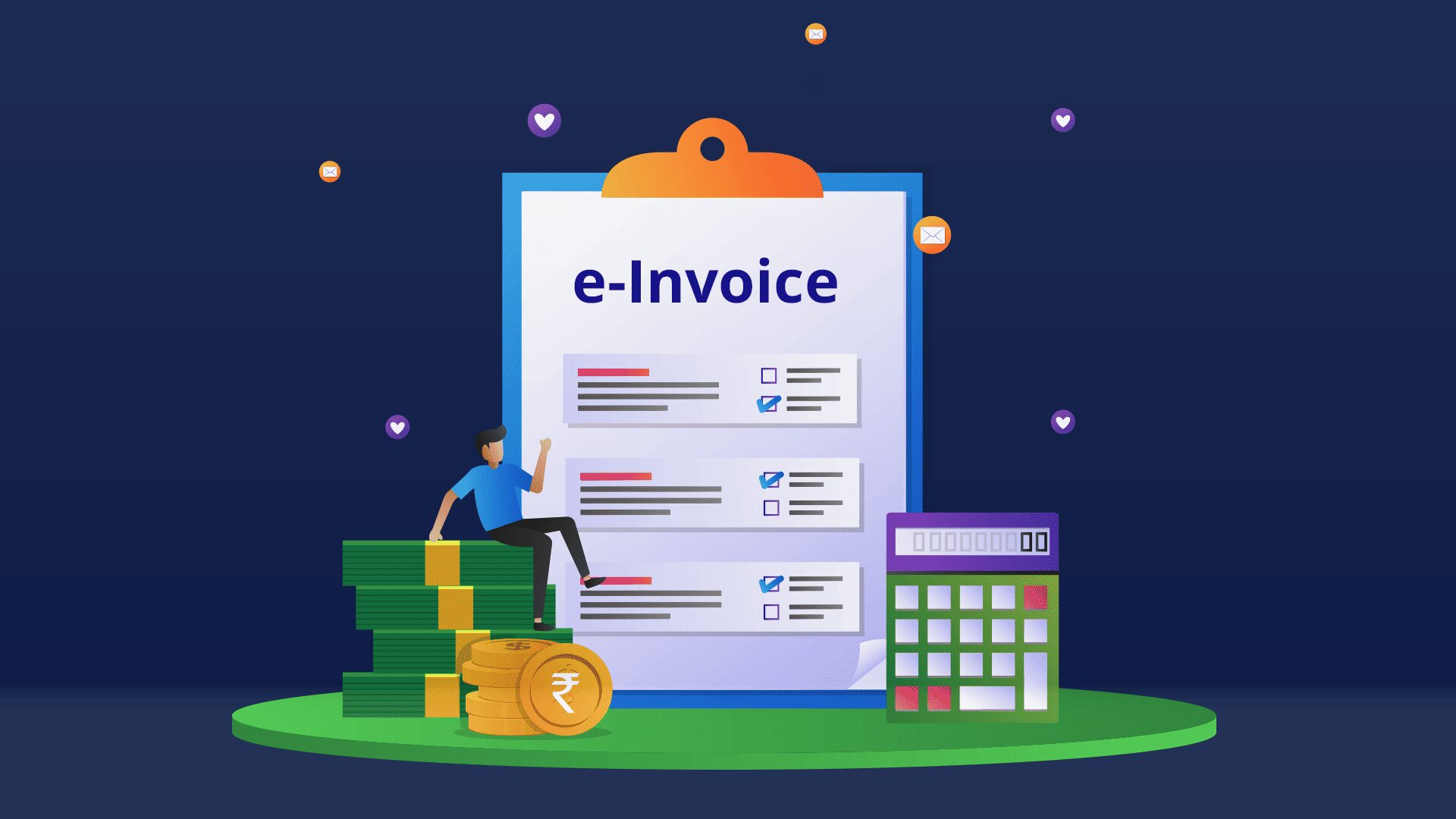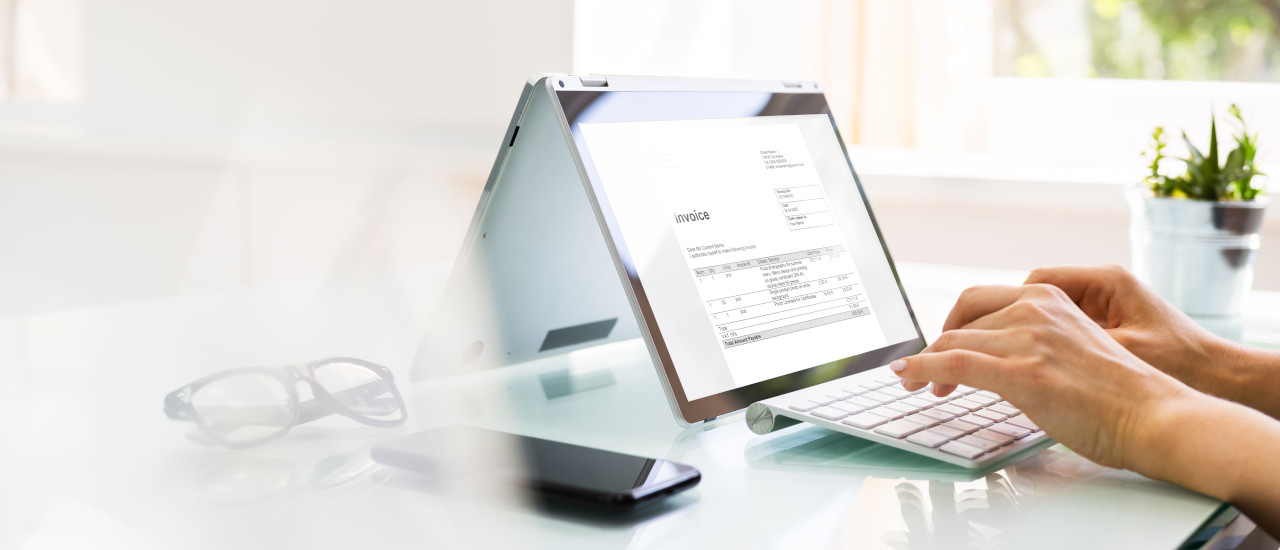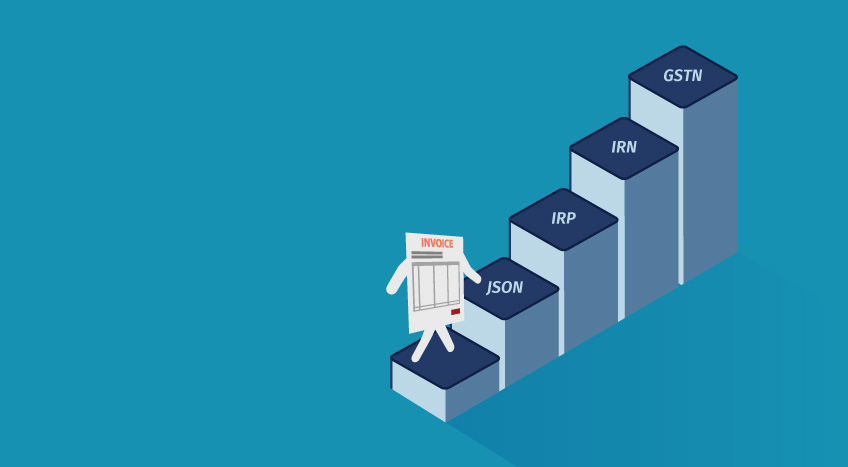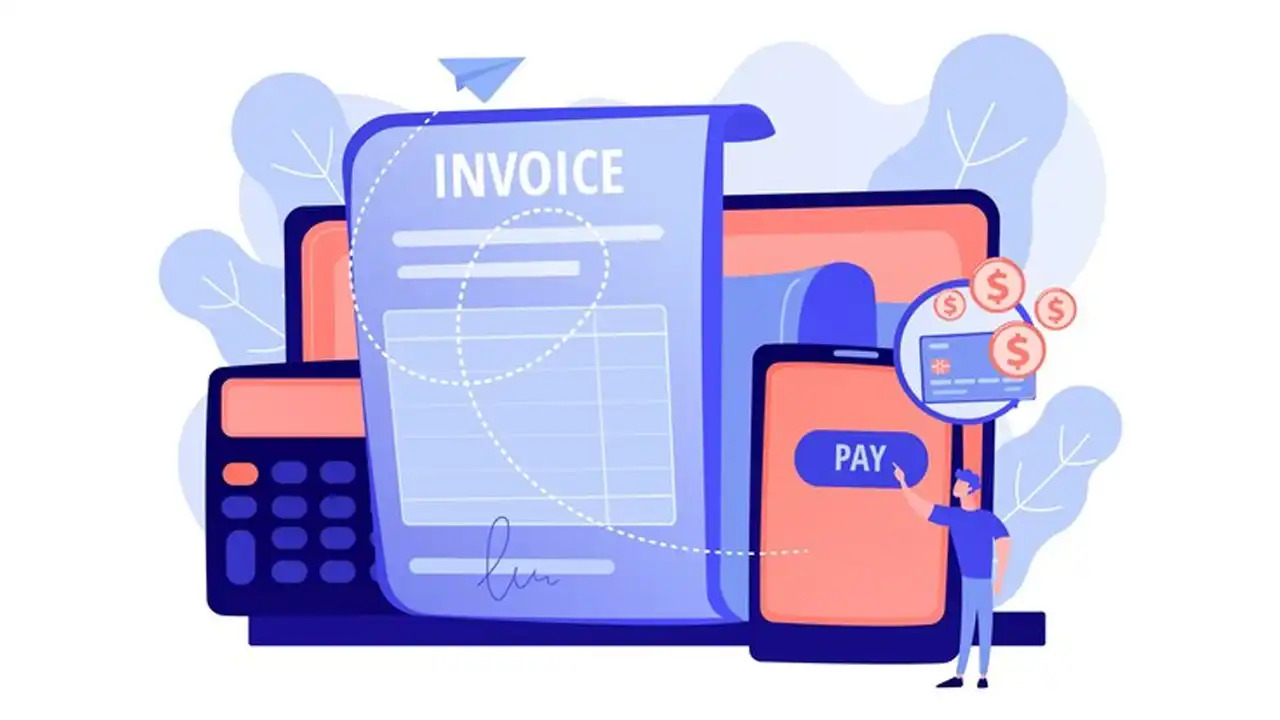The deadline to make e-invoicing mandatory in Malaysia in the first phase is approaching. Starting on August 1, 2024, the implementation is expected to end on July 1, 2025. This journey facilitates many transactions and financial activities, bringing advantages for both business and government.
However, this new journey also requires adaptation to current times for many business owners. This is a problem, especially for businesses that do not have many opportunities to access new technology transfers or do not understand the specific knowledge of applying electronic invoicing model. This may affect responsiveness to legal requirements or preparations when e-invoicing becomes officially mandatory.
Understanding the e-invoicing model is an important condition for you to quickly understand and adapt to this process in Malaysia. The article below will explain and expand your knowledge on this topic to confidently apply the electronic invoicing model to your business.
Comprehensive Guide about e-Invoice model in Malaysia
The Inland Revenue Board of Malaysia (IRBM) has developed a clear and transparent e-invoice model framework, facilitating the e-invoicing digital transformation process.
Detailed information about e-invoice model in Malaysia is updated specifically below:
MyInvois Portal

MyInvois Portal, managed by IRBM, is a user-friendly e-invoice model. It enables accessibility to streamline the e-invoicing Malaysia process.
Outstanding features of this e-invoice model:
- Web-based Accessibility: MyInvois portal is a free web-based platform that allows businesses to proactively create and manage e-invoicing. All taxpayers can access it for free, easily handling e-invoicing related tasks quickly no matter the scale.
- Create Invoices Quickly: Businesses can create individual or bulk e-invoices just by uploading a prepared spreadsheet. This simplifies the process, especially for those handling a managed volume of transactions.
- Stable Compatibility: MyInvois Portal supports operations on both web and mobile interfaces, providing flexibility and convenience to users. You can manage your invoicing needs even when you're on the go or away from your business with ease.
- Templates for Ease: MyInvois Portal provides a variety of e-invoices templates, ensuring businesses can conduct electronic invoicing without the need for additional tools or software. This feature is especially convenient for businesses that are not familiar with complex software for preparing and processing e-invoices.
API (Application Programming Interface)
API is an e-invoice model favored by businesses that often have large transaction volumes. It provides integrated solutions and can be expanded in a more diverse way.
Its key features:
- Seamless Integration: API allows direct integration between your existing ERP system and MyInvois system. This process enables real-time data transfer, reducing the risk of manual data entry and errors, thereby improving accuracy.
- High Volume Processing Capabilities: Designed to handle large volumes of invoices, API realizes the need to create important invoices in large quantities while still ensuring certain accuracy. It supports efficient and automatic data transfer, which is important for maintaining smooth operations.
- Upfront Investment: API is an e-invoice model that requires an initial investment in technology and system tuning. However, this is a worthy sum of money and brings significant benefits in terms of efficiency, especially when your business is expanding and tends to grow significantly in the near future.
Different Malaysian e-Invoice Model: Which One Is Best For You?
Before officially deciding which e-invoice model is best for your actuel enterprise, you should carefully consider the following factors:

- Volume of Transactions: Determine how large a volume of transactions your business needs to process and how many invoices need to be managed.
- Available Technical Resources: Assess technical capabilities and business resources to be able to deploy advanced technology systems associated with e-invoicing.
- International Operations: Consider whether your business needs to engage in cross-border transactions or is limited to domestic Malaysia, and needs to meet international e-invoicing standards or not.
- Carefully Consider Budget: Evaluate the readiness and cost impact of each model, including potential investments in technology.
Whether it's a small cafe with a small number of invoices or a retailer handling a large number of transactions on a daily basis, Malaysia's diverse e-invoice models always allow you to make decisions in balance between compliance and operational efficiency.
Based on our expert experience with completed projects, the 2 Malaysian e-invoice models target different business audiences, specifically:
MyInvois Portal is ideal for...
- Malaysian Small and Medium Enterprises (SMEs): This model is suitable for small and medium enterprises that need to manage a moderate volume of electronic invoices. The user-friendly interface and free access make it a practical choice for businesses that don't need too much capital to invest.
- Startups: Startups can take advantage of MyInvois Portal to manage their invoicing needs without spending too much money or resources on information technology. This allows them to allocate resources to more important growth activities.
- Businesses Do Not Need to Issue e-Invoices Regularly in Large Quantities: Businesses that only occasionally need to issue e-invoices will find MyInvois Portal extremely suitable for them. The ability to create electronic invoices individually or in bulk through just uploading a spreadsheet also greatly simplifies the process for business owners.
- Freelancers and Consultants: Individuals or small groups providing retail services who occasionally need to issue e-invoices due to customer requests will benefit from the simplicity and quick accessibility of the MyInvois portal.
API is ideal for...
- Large Enterprises: Businesses that process large volumes of e-invoice transactions on a daily basis will benefit from API's ability to efficiently process large numbers of invoices, as well as seamless integration with existing systems. ERP is in place to ensure smooth operations and real-time data transmission.
A Malaysian retail chain that needs to process thousands of transactions and generate e-invoices daily can fully utilize APIs to ensure fast and accurate data transmission. This is also an effective method to reduce the financial burden within the framework of their business activities.
- Tech-Savvy Business: If your business has the resources to invest in technology and IT infrastructure, APIs represent the best in automated solutions and superior scalability. The initial setup costs are offset by the long-term benefits and efficiency gains in accuracy.
- Automated Operations: Companies looking to automate the electronic invoicing process will find APIs extremely beneficial. It eliminates manual data entry, reduces errors, and improves overall efficiency.
- Exporters and Importers: API ensures that electronic invoices fully meet international standards (through the Peppol network), facilitating smooth transactions and compliance with legal regulations.
- Multi-Jurisdictional Operations: Companies operating in multiple countries benefit from API's standardized invoicing format. It ensures interoperability between different systems and jurisdictions.
- Large-scale Businesses with High Security Requirements: API provides a secure and reliable network for data exchange, ensuring data security and integrity when invoicing. Businesses that prioritize data security and are large in scale will find the feature especially beneficial when adopting the e-invoice model.
Process of Generating e-Invoice Model
Applying the e-invoice model to your business is a process that requires careful preparation with many special steps no matter which model you choose.
Below are detailed instructions on how to conduct specific e-invoicing for each different model:

Step 1: Log in and Create an Invoice
- Log in to MyTax Portal to access MyInvois Portal, or use the API. This is your gateway to creating and managing your e-invoices.
- Create Individual Invoices: For small volumes of invoices, you can create e-invoices manually by filling in the form with the required details.
- Create Bulk Invoices: For larger volumes, prepare a spreadsheet with all the necessary invoice information and upload it to the portal to create multiple e-invoices at once.
Step 2: Authenticate e-Invoice

- Send for Validation: After successfully creating the e-invoice, send it to IRBM through the instructions for validation.
- Authentication Process: IRBM reviews electronic invoices and information. After successful authentication, they will provide an electronic invoice with the authenticated logo in PDF format. This PDF includes a unique identifier, authentication date and time, and authentication link for traceability.
- Error Handling: If a problem arises, the electronic invoice will not be authenticated and an error message will appear on the screen. You need to correct the error and resend the electronic invoice to request authentication again.
Step 3: Notification
- After successful authentication, IRBM will notify both suppliers and buyers via MyInvois portal, API and email.
- The notification content will include details such as invoice payment and buyer's refusal requests. It ensures transparency for both subjects in the same business process.
Step 4: Share e-Invoice

- Distribute the authenticated e-invoice: Once authenticated, share the e-invoice with the buyer, usually via a QR code.
- This QR code can verify the existence and status of e-invoices and confirm their validity, increasing trust and compliance.
Step 5: Refuse or Cancel
- Both suppliers and buyers need 72 hours to request rejection or cancellation of the e-invoice if errors are discovered.
- Rejection from Buyers: buyers can request to reject the invoice within 72 hours, clearly stating the reason. The supplier will receive notice and cancel the electronic invoice if the reason is correct.
- Rejection from the Supplier: the supplier can also cancel e-invoices within 72 hours if the invoice was issued in error and must provide appropriate justification.
After 72 hours, if the e-invoice is not canceled or rejected within 72 hours, any subsequent adjustments must be made via a new e-invoice, such as a credit note or debit note.
Tips and Tricks to Enhance Your e-Invoice Model
Implementing an e-invoicing model can significantly improve the efficiency and compliance of your business. However, to maximize benefits, it is important to optimize the approach as an e-invoicing solution.

Our tips and tricks help will you a lot in these first steps:
Automate the Process of Creating e-Invoices
Leverage automation tools and software to implement your e-invoices process. This reduces manual data entry, minimizes errors and ensures invoices are sent in a timely manner.
You can do this by implementing ERP integration, using high-volume APIs to quickly build successful automation processes for electronic invoicing.
Ensure Accuracy and Completeness of Data
You should standardize data entry to ensure consistency across all invoices. Use predefined templates and lists to verify all required information fields are filled out correctly.
Conduct regular audits of the data in your invoice set to identify and correct any discrepancies. This proactive approach helps maintain data integrity and reduces the risk of errors during validation.
Use e-Invoicing Data to Gain Insights into Business Operations
E-invoicing data can provide valuable insights into your business operations. Use them for analysis and decision making to improve overall business performance.
You should monitor payment patterns and trends from your e-invoices data. This process helps identify customers who pay late, thereby improving cash flow management.
Conduct a thorough analysis of your data to identify any recurring issues or delays in your invoicing process. Addressing these bottlenecks promptly can lead to more efficient operations, with faster payment cycles.
Conclusion
Applying the e-invoice model in Malaysia is a mandatory condition for businesses to continue to develop, improve and enjoy the special benefits of this type of electronic invoice. Of course, it will still be a long journey and you need to have basic knowledge about e-invoicing to operate this process in the best way.
If you have any questions, don't hesitate to reach us, A1 Consulting, for more detailed information about the e-invoice model in Malaysia. As a trusted partner of Odoo with many successful e-invoicing projects, we are committed to have experience and expertise in this sector.
